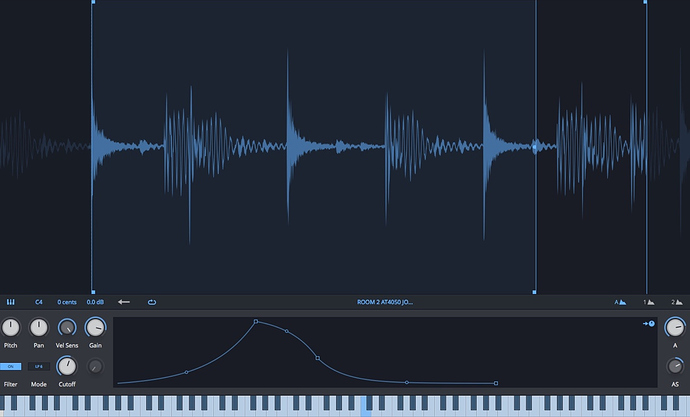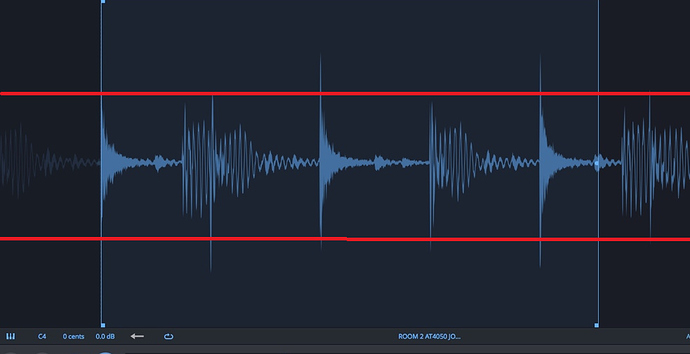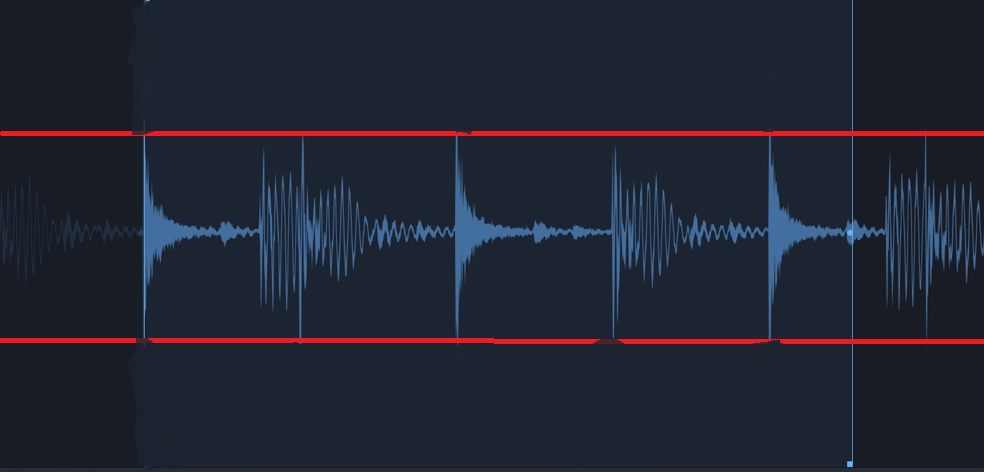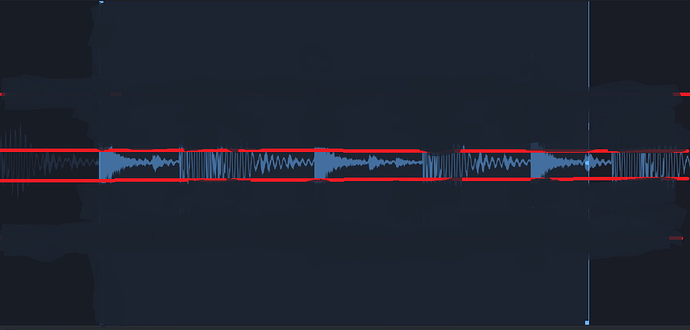Similar to the problem I used to have while changing strings with picking I can’t change strings while tapping or playing that Satch, Vai, or Holdsworth style legato. Forget about even attempting Michael Romeo style tapping/legato from nowhere type licks. When I change strings it’s string noise city.
The biggest problem is I can’t slow it down as the notes die too soon because part of the legato is the plucking motion. This motion is where 90% of my string noise problems come from. I pluck in string in a downward motion and it hits the adjacent string.
Does anyone have any advice on how to do this with no noise?
First of all, as always: Video.
What do you mean by “IT hits the adjacent string.”? I assume you are referring to the “pulling off finger”. That’s normal and correct. Beginners often pull the finger up in the air, rectangular to the fretboard for pull-offs. That motion does not produce a sound. The PO is essentially plucking the string in a sideways motion with the adjacent string stopping the finger. Normally even that should be enough to mute the adjacent string, so I don’t know where your problem comes from -> Video.
Thomas
I think the easiest fix for this (I’m thinking standard hammer-on pull-off technique) is trying to keep your index almost flat at all times so that it mutes all the higher strings, as well as the one below the fretted note. Then if you catch extra strings by mistake with a pull-off, you get at most a swipey “click” sound (or maybe a bit of harmonic in some positons).
But I agree that it is tricky to keep the muting consistent as you move the index to a new string.
Disclaimer: I am not very good at hammers-pulls - but I like to talk 

 - so there may be better advice around. I am actually interested to hear more tips about this.
- so there may be better advice around. I am actually interested to hear more tips about this.
@Dissonant_Timbres : It’s unclear the issue you have, at least to me  … You say you have issue when changing string, so this doesn’t sound like a legato issue per se to me?
… You say you have issue when changing string, so this doesn’t sound like a legato issue per se to me?
Is the noise coming from your picking hand or your fretting hand ?
Or is it from the string itself when it lifts off after you change string ?
btw …. there’s a good Tim Miller clip on YT about legato playing - although I find it impossible to do the way he does with all fingers constantly that close to the strings.
IMO, the guitar setup has a pretty big impact on legato playing, more so than other techniques.
Its good to have a consistent action. If the action is too high, you could lose some string energy on hammers and pull offs. Once you are better at the technique, a low action won’t affect it that much, but when you are first learning, a very low action might make it harder to impart energy on hammers and/or “pluck” the strings with your left hand when you lift off notes.
Also, legato playing is pretty low energy and almost demands an amp sound with some gain/compression.
If a guitar has dead spots on the neck (places you’ve worn down the frets so that adjacent fret limits the vibration of the string), it could also make legato technique sound weak. I am a big advocate of learning how to level and crown your own guitars (can get the leveling beam, roll of 3M adhesive sandpaper, and fret files on amazon/ebay for < $50), or at least paying someone to do it periodically.
While this site is about technique, its good to also look at the gear and see how it affects the technique.
Strongly disagree - I made a point of practicing with extremely touch-sensitive tones (usually, clean at the edge of breakup) for rather a long time to even out my legato “attack” and make sure I was getting clear, defined notes. It can definitely be done, and - not speaking about you specifically here - I’m of the mindset that if you need gain and/or compression to play legato, there’s some other issue in your technique.
For the OP - are you doing any fretting-hand muting here, using your fretting hand to mute the string you’re pulling off away from to stop it from ringing out? I’m not exceptional at that either, but it does make a huge difference.
I think we could spend months on this topic… it’s so darn complicated and varies so much from person to person. But just know that there are a few different techniques. Everything from muting using the picking hand, muting using the fretting hand, phrasing to minimize ‘string talk’. I use a tad of muting, and I also prefer stationary CAGED-like patterns when I need something to have a more fluid sound.
As soon as there is any breakup (at the edge of breakup as you say) there is compression. Clean channels have varying degrees of compression, so legato technique may work perfectly.
The point is that most clean channels, really clean … the kind you would fingerpick with… just don’t sound good with legato. Sure you CAN do it as a matter of pride, but this guy is learning legato so I figure its better to give him the complete picture of different things that can affect legato.
I am not quick to attack someone’s technique, that just creates a negative atmosphere when there are other things that could be involved. Chances are, if there is a gap with his technique, he will figure that out sooner than he might (say) dead spots on his guitar neck.
You know, I was afraid that might come across as confrontational, tried to temper to a bit to make it clear it wasn’t meant to be, and probably failed. sorry about that. 
That said, I stand by what I’m saying - you want to practice legato with as unforgiving a tone as possible. Honestly, practicing unplugged is how I evened out my technique, but I’ve had good success with a hyper-touch-sensitive breakup tone, if you can dial it in such that your legato falls at a kind of sweet spot where if you keep it level there’s some grit but not overbearing, if you don’t get a clear enough attack the grit drops away and you get a quieter, cleaner sound, and if you accidently snap on a string too hard on a pull-off it REALLY jumps out at you. There’s clearly going to be no compression with an unplugged guitar, but I think an edge-of-breakup tone can tend to exaggerate unevenness to a degree greater than a truly clean one, which, you’re right, can be a bit spongy and forgiving.
This isn’t really related to the OP’s question, in that the downside of practicing legato either unplugged or with a tone that exaggerates unevenness is it also doesn’t really cause muting issues to become especially manifest - ludicrously high gain sounds are better for practicing that, even if they’re less ideal for evening out your technique.
But, basically, if you can take a SRV-ish clean-tone-breaking-up tone and rip off fluid legato lines, you can do them through ANYTHING.
Not wanting to be needlessly pedantic*, but I think there actually IS a sort of compression with unplugged guitar, or at least a kind of hard limiting in that there’s a volume ceiling you won’t breach.
To put this another way, the dynamic range of an unplugged electric guitar is less than that of some possible guitar + amp situations.
*This could be a lie
Since I LOVE being pedantic… 
…that’s less compression or limiting, both of which take a given dynamic range and reduce it by drooping the amplitude of the peaks over a particular threshold, than it is a low-amplitude signal. A guitar pickup/amp takes that low-amplitude signal, converts it to electricity, sends it to the amp, and literally amplifies it, and to ChrisX’s point even on a very clean tone is likely adding some compression, by taking the prior signal and turning it into a signal that, while louder, also is in a proportionately narrower dynamic range.
More importantly, though, it’s just fun. 
I feel like I’m really close to having a revelation about dialling in amps and the relative levels of compression in different sorts of settings, keep talking it might kick my brain into gear.
Well, I’m waiting for something to run at work, so…
Random image of a waveform.
The threshold is the point where the compressor starts working. A 4:1 ratio, for example, says "every time a signal exceeds this threshold by 4db, reduce it to 1db. Basically, “turn down the volume”… but, ONLY when the volume peaks above a certain point, and ONLY to the portion of the signal that was over that threshold. A limiter is a special sort of compressor, with an infinity:1 ratio - basically, every time a signal breaches that threshold, reduce the peak TO the threshold, while doing nothing to the signal itself. So, let’s draw an imaginary threshold on that waveform:
If you limited that waveform at the threshold indicated in red, you’d get:
Note my amazing MS Paint skillz.
So, what the compressor is doing isn’t making the signal quieter, exactly, but narrowing the distance between the peaks and the “body” of the sound. In fact, compressors and limiters, especially, are often mis-understood to be a way to make things LOUDER, because if you have a sound with transient peaks at 0db and hit it with a limiter with a threshold at -5db, you can then turn the whole mix up another 5db - limiters are used in mastering (especially in the modern, “loudness war” era) to reduce transients to allow the whole mix to be made louder without clipping. The important, operative thing, though, is that what they’re doing is they’re taking just the very transient peaks of your sound and “turning them down,” more or less, so that the peaks exceed the sustain of the sound by a smaller amount. There’s a lot less variability between peak and sustain, the dynamic range of the sound is in a more compact range.
In a mix, there are a couple reasons you’d want to do this, but the main one is it doesn’t change the perceived volume of a sound… But, because the peaks are now a lot lower, it doesn’t take up nearly as much dynamic range, leaving you a lot more headroom to work. The whole mix will be clearer and less likely to clip.
In the context here, we’re talking a LOT more compression than a fairly transparent peak reduction - more like this:
Where you’re smashing the signal SO hard that there isn’t much variability from note to note. For legato, where keeping your attack even from note to note can be a challenge, that can often make it feel a lot “easier” to play.
Does that kind of make sense?




